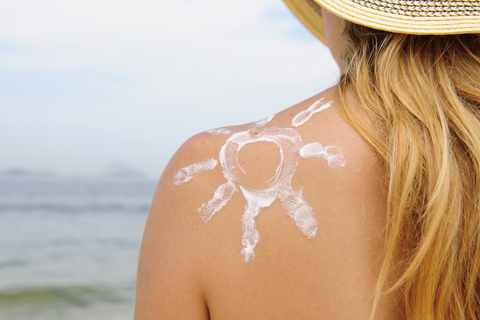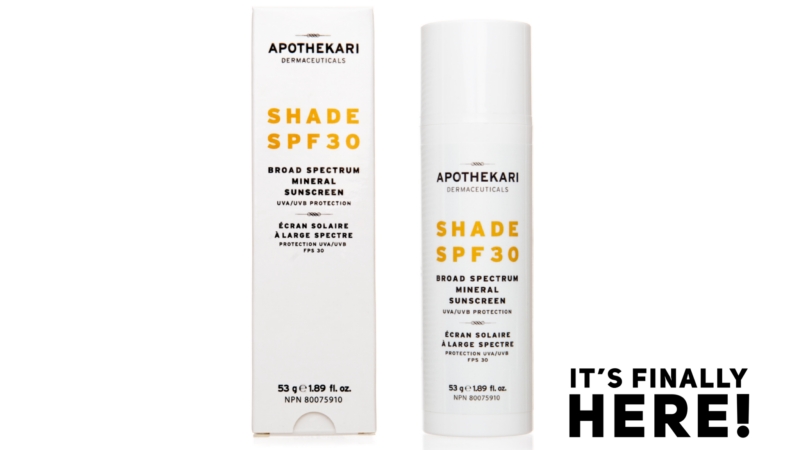Question: When it comes to choosing a sunscreen should you go for SPF 15 or SPF 30?
The topic of sunscreen can be a confusing one, never mind SPF. Water-resistant or not? Chemical or physical blocker? Tinted or non? Spray, cream or lotion? And now that new sunscreens, sporting labels of SPF 100 and beyond have hit the market, when it comes to SPF how do you know if you’re getting enough?
SPF stands for Sun Protection Factor and is a measurement of the amount of protection a sunscreen provides against UVB rays. A product with an SPF of 15 will help to protect you against sunburn for 15 times longer than you’d be without protection. For example, if you normally burn after 10 minutes of unprotected sun exposure, wearing an SPF 15 sunscreen will keep you safe for 150 minutes. Keep in mind that protection can vary depending on how much you apply, the conditions outside and the activity you are performing (are you in water, sweating, etc.).
SPF ratings do not tell you whether you are getting adequate protection from UVA rays – the ones that are deeper penetrating than UVB rays and which can lead to premature skin aging as well as contribute to some types of skin cancers. Until regulations are in place in North America so that we know how much UVA protection our sunscreens afford, it’s up to you to stay informed. Look for products labelled as being broad spectrum and containing ingredients including zinc oxide, Mexoryl SX, Mexoryl XL, Tinosorb M, Tinosorb S and stabilized avobenzone, which provide protection from UVA rays.
In general, an SPF 15 sunscreen blocks 94% of UVB rays. An SPF 30 sunscreen blocks 97% of UVB rays. Some organizations recommend the use of a minimum SPF 15 product while others recommend aiming for SPF 30 at a minimum. Given that studies show that most of us never apply enough sunscreen, it probably isn’t a bad idea to shoot for a minimum of SPF 30.
Choose from a range of effective UVA and UVB blocking products including Anthelios sunscreens, Ombrelle sunscreens and Keys Solar Rx at PhaMix.




